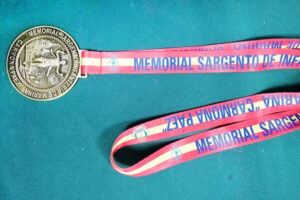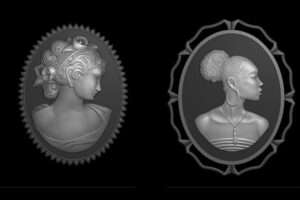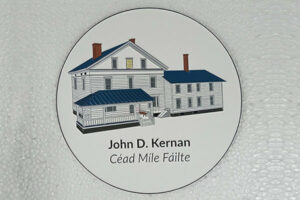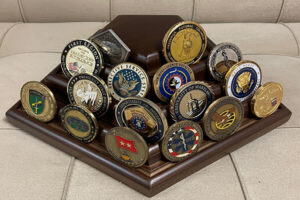Have you ever encountered this situation? The enamel color of the pins is different from the one you need; · Same color, same plating, however, the colors of the two pins do not look exactly the same; · The enamel looks different if made by different manufacturers…
So How has the enamel color difference occurred? It’s well-known that there are more than 1,000 Pantone colors used for enamel pin badges. Many of them are very close. Let me explain to you the mystery from the perspective of color mixing.
1. Raw materials:
The pigment is adjusted by the base color pigment and auxiliary materials according to different ratios. Such as four basic colors- red, blue, yellow, and green, more than 1,000 colors can mix them. It’s hard to imagine, right?
Enamel paint:
What do we care about first? If the pigments are environmentally friendly and safe, right? Imagine what big harm to workers is if using un-standard pigments! Take hard enamel as an example, high-standard raw materials, up to ¥400 RMB per 1KG! Then what about low standards? Only ¥100 RMB per 1KG. If the price your manufacturer gives you is always low, I’m afraid you have to consider whether it is safe. Where is the high-quality pigment reflected in the color itself? The most important point is high-temperature resistance and color keeping! No matter whether it’s soft enamel or hard enamel, it requires several hundred degrees of high-temperature baking, which shows how important this is for color! Secondly, high-quality pigments also have better gloss and abrasion resistance without affecting the quality of the plating.
Auxiliary materials:
There are many auxiliary materials for color mixing, such as thinner, curing agents, and more are drier, leveling agents, and anti-floating agents… Their main purpose is to increase the color gloss and adhesion, uniformity, and wear resistance.
2. Color mixing ratio:
If there exists a specific ratio, everyone can be the master. Of course, this particular ratio does not exist at all!
There is a color matching ratio on the Pantone color book, but that is for reference only, which requires a thorough understanding of color science. For example: if making the grass green, you can add a small amount of yellow paint in green; if adjusting pink to orange, you need to add red paint; if you want to lighten the color, adding a little thinner is required… Compared to the book time by time, workers don’t stop adding the required pigment or auxiliary until the color is in line with the color book (my eyes, of course ) It normally takes tens of minutes to mix an accurate color.
In addition to color control, the colorists also need to consider the pigment’s consistency, gloss, and even the effect of temperature on the pigment. Therefore, the control of the proportion of auxiliary materials also needs to be very precise.
Hard enamel is more complicated than soft enamel, workers also need to take the ratio of curing agent and auxiliary agents into consideration. If it is not proper, it is very likely that the color surface is uneven, and the color will change after grinding and polishing. Especially when mixing multi-color paints such as gray and green, due to the preparation of multiple pigments, the color density and oil absorption are different, and it probably causes some flaws such as “floating colors” and “scattered colors”. At this time, an active agent or leveling agent, the anti-floating agent can fix this problem.
3. Technology and experience:
Rome was not built in a day. The color master’s experience is crucial to enamel pin. In addition to the application of color theory, the more important thing is experience. If your supplier’s colorist does not have at least 3-5 years of experience, then please be careful! If color and plating are the same, but your same supplier shows a large color difference, do not be surprised, it is likely that the factory changed a colorist. Different colorists must have slight differences in color, not to mention manual adjustment and comparison with the naked eye.
4. Vision color difference
The two circles have the same color. However, they don’t look like one color! Blue on the left and green on the right! Is not it? If you know PhotoShop, you might as well extract RGB. This is the color error judged by the naked eye. Many times, obvious enamel color differences appear on pins even though the same Pantone color is used. Except that the factory problems mentioned above, sometimes our naked eyes may deceive us.
When gray and red are mixed together, red is often redder than itself; dark blue makes gray appear darker…
Welcome to discuss more with us about colors. We have always been interested and curious about magical color science! Contact us to ask for a free inquiry, even for a comparison!
How useful was this post?
Click on a star to rate it!
Average rating 5 / 5. Vote count: 1
No votes so far! Be the first to rate this post.






